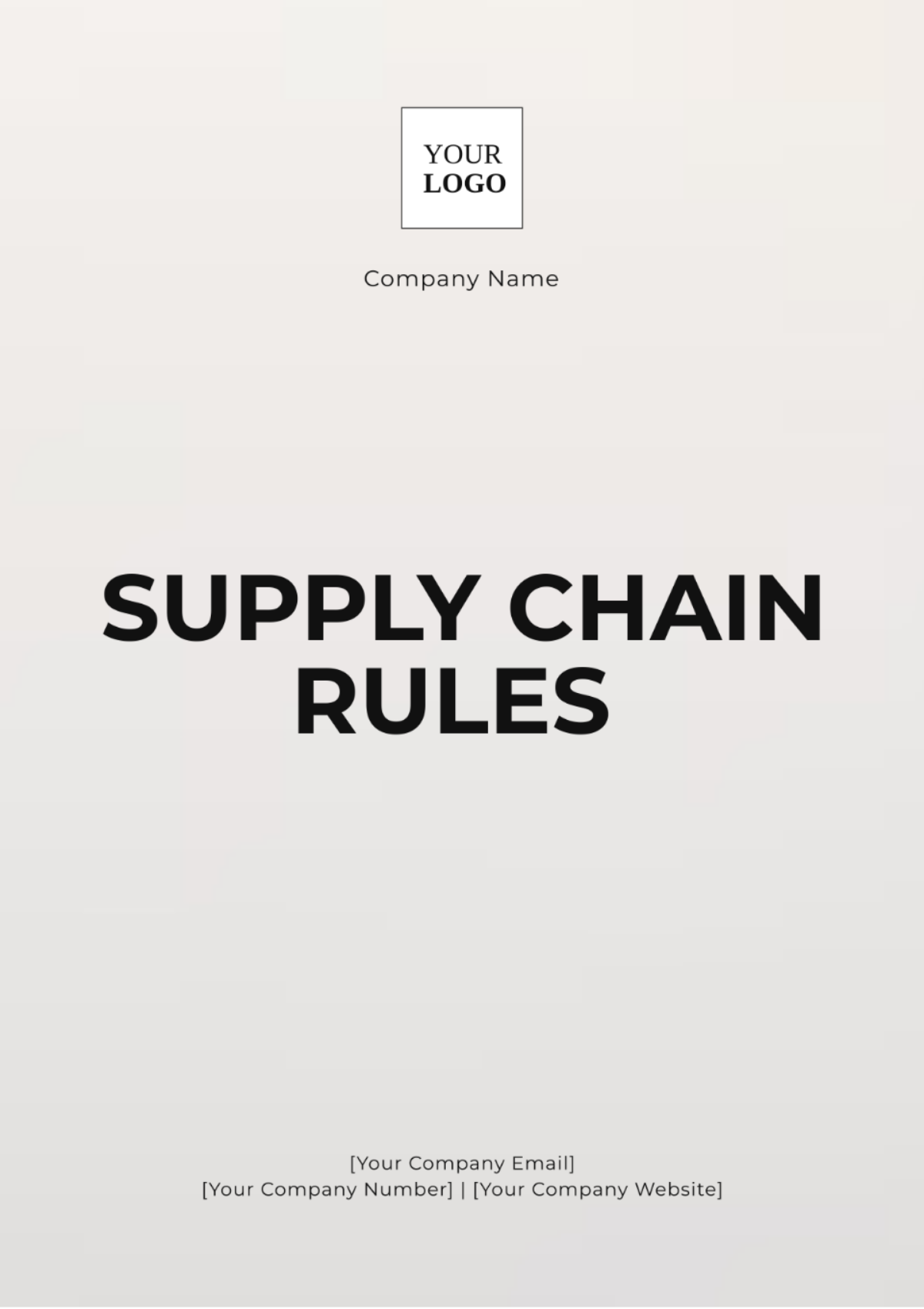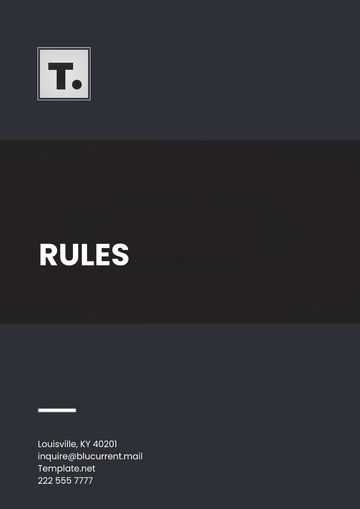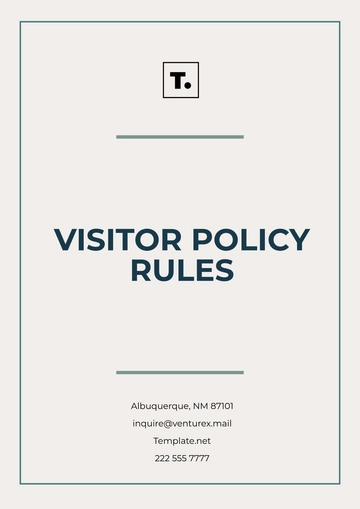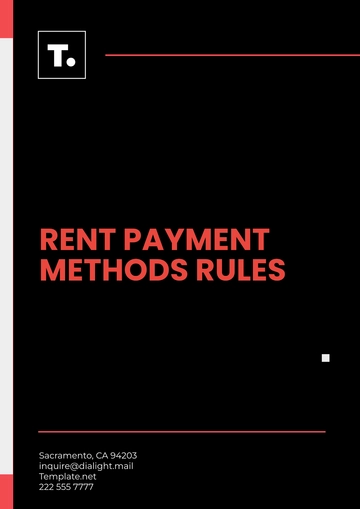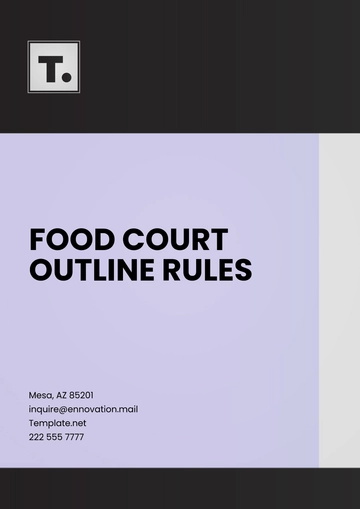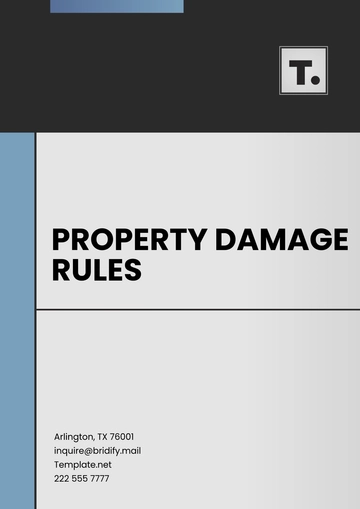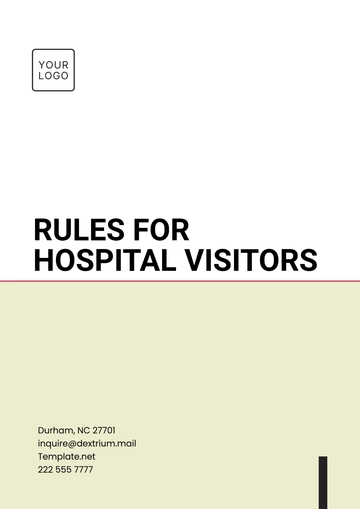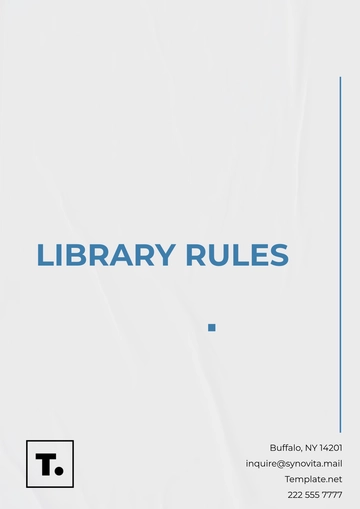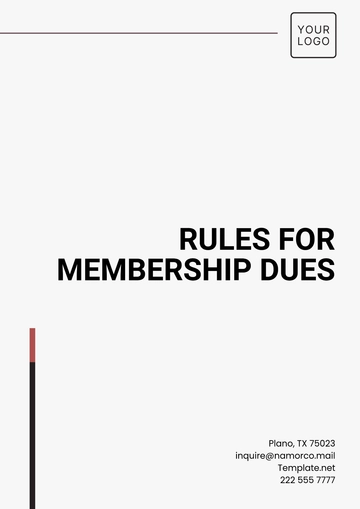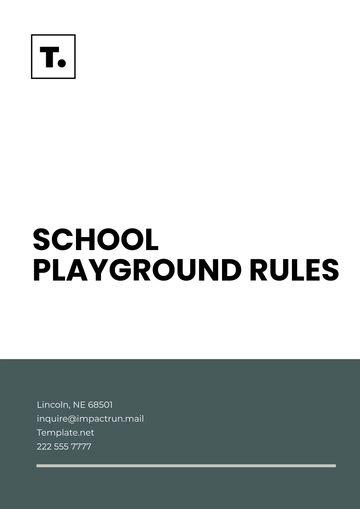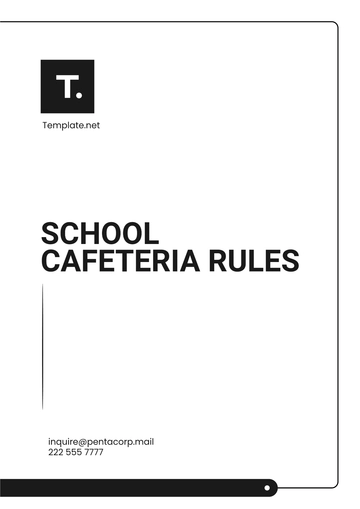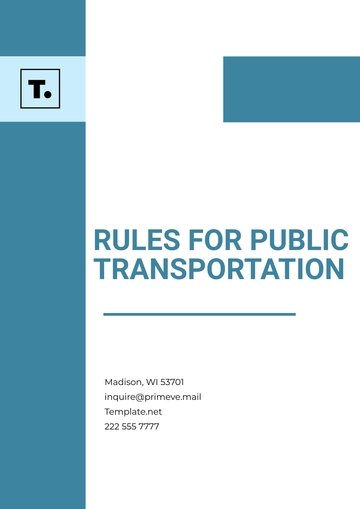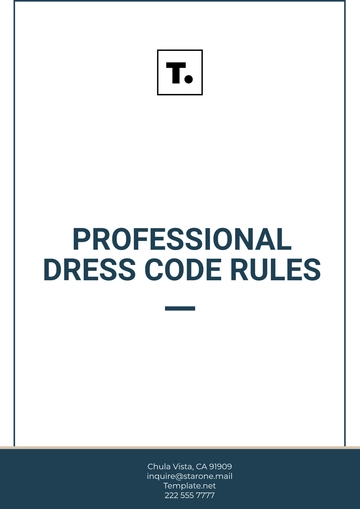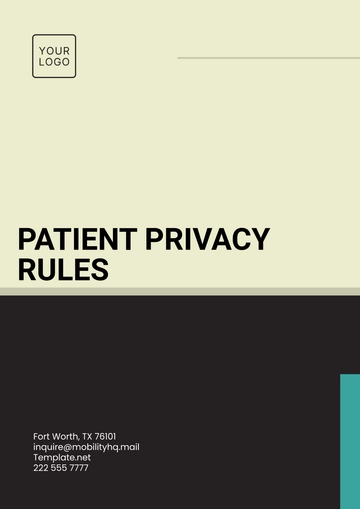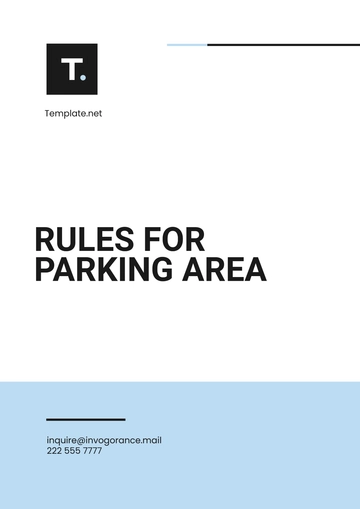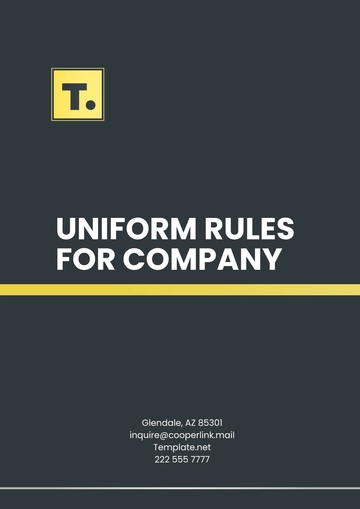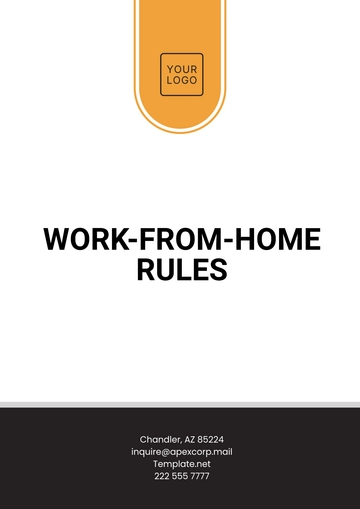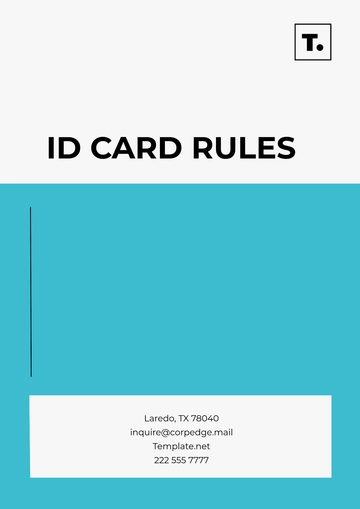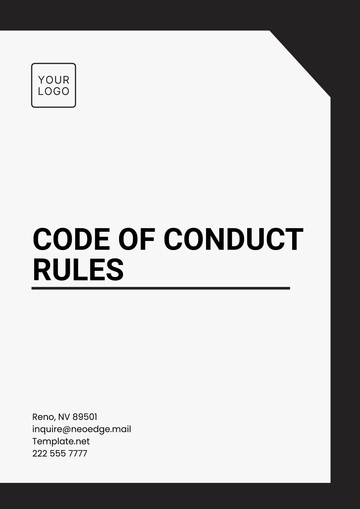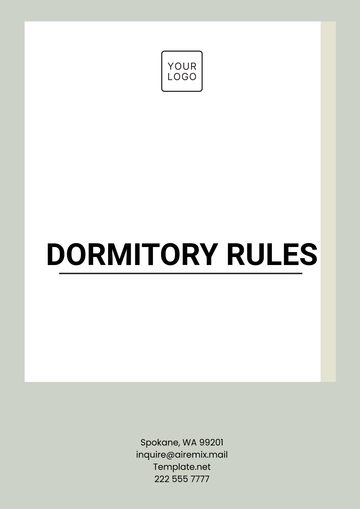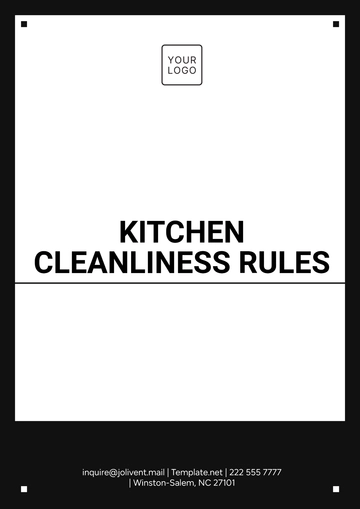Supply Chain Rules
Prepared By: [YOUR NAME]
Date: [DATE]
I. Introduction and Scope
The Supply Chain Rules are a set of guidelines and principles that govern the processes, policies, and activities involved in managing the flow of goods, services, and information from the point of origin to the point of consumption. These rules ensure that supply chain operations are efficient, compliant with regulations, and aligned with organizational goals.
II. Roles and Responsibilities
Effective supply chain management requires clear definitions of roles and responsibilities:
Roles | Responsibilities |
|---|
Supply Chain Manager | Oversees the entire supply chain process Ensures compliance with the supply chain rules Coordinates with other departments Manages supply chain risks and resolves issues
|
Procurement Officer | Manages supplier relationships Ensures quality and timely delivery of goods Handles purchasing contracts and negotiations
|
Logistics Coordinator | Organizes transportation of goods Ensures timely and cost-effective deliveries Manages warehousing and inventory
|
Quality Assurance Specialist | Ensures that products meet quality standards Conducts inspections and audits Implements quality control procedures
|
III. Compliance and Legal Requirements
Ensure compliance with international, national, and local laws: Adhere to regulations on labor, environmental standards, safety, and business operations across jurisdictions.
Abide by customs regulations for the import and export of goods: Follow customs rules, ensure proper documentation, pay duties and taxes, and comply with import/export restrictions.
IV. Operational Procedures
Standardize processes for ordering, receiving, and shipping goods: Develop uniform procedures for placing orders, accepting deliveries, and dispatching shipments to ensure consistency and efficiency.
Use technology for tracking and monitoring supply chain activities: Implement digital tools and systems to track inventory, monitor shipments, and oversee supply chain operations in real-time.
Define clear steps for handling delays and disruptions: Establish protocols for addressing delays and disruptions, including communication strategies and contingency plans.
Implement continuous improvement practices: Regularly review and enhance supply chain processes by analyzing performance metrics, seeking feedback, and making data-driven improvements.
V. Quality Assurance
Implement quality control measures at different stages of the supply chain: Apply quality checks and controls throughout the supply chain, from production to delivery, to detect and address issues early.
VI. Risk Management
VIII. Inventory Management
IX. Performance Metrics
Indicators and metrics used to assess the performance of the supply chain, known as key performance indicators (KPIs), include a variety of evaluative measures and criteria.
Metric Category | Metric |
|---|
Cost Metrics | |
Service Metrics | |
Quality Metrics | |
X. Sustainability Practices
Detailed Instructions for Executing Actions to Establish and Maintain a Supply Chain that Promotes Sustainability
Rules Templates @ Template.net
